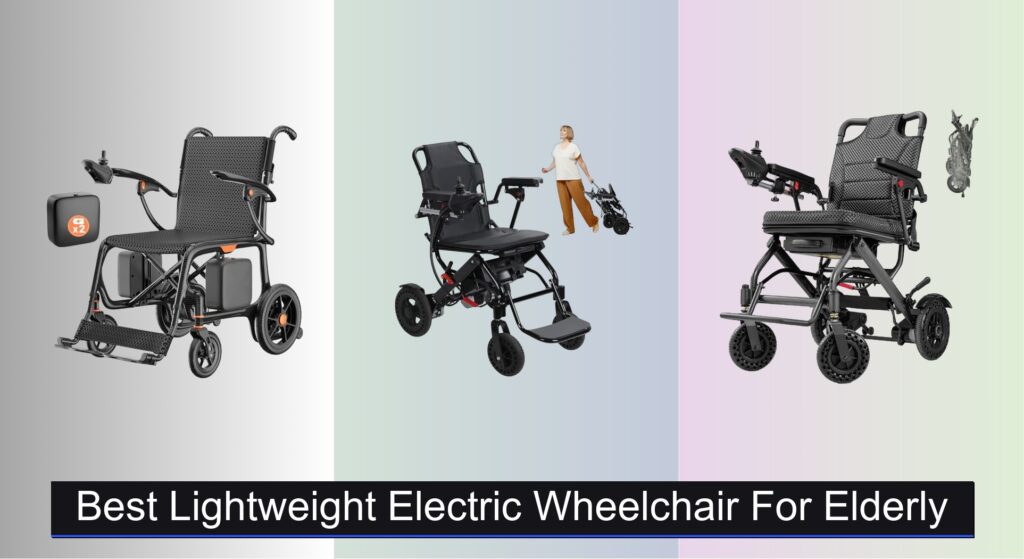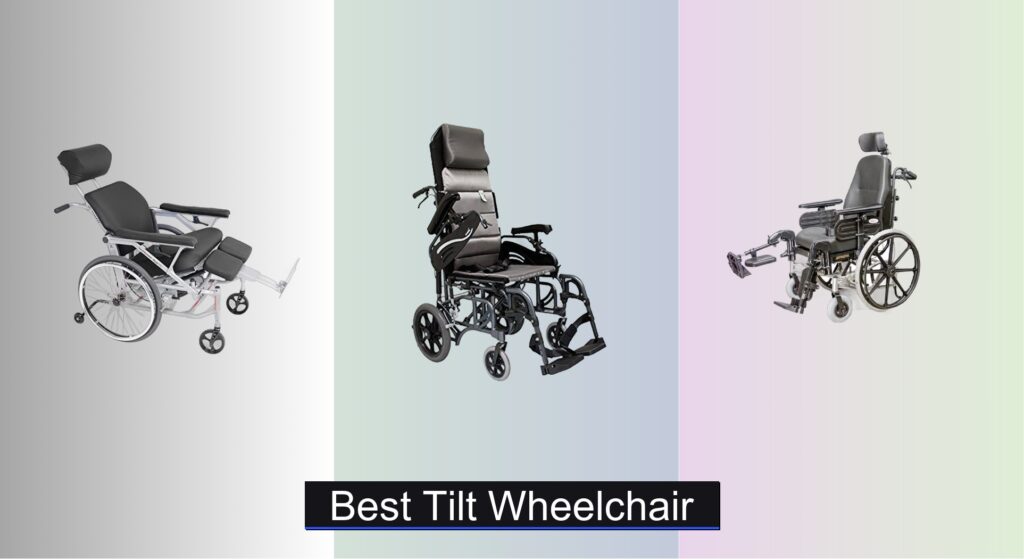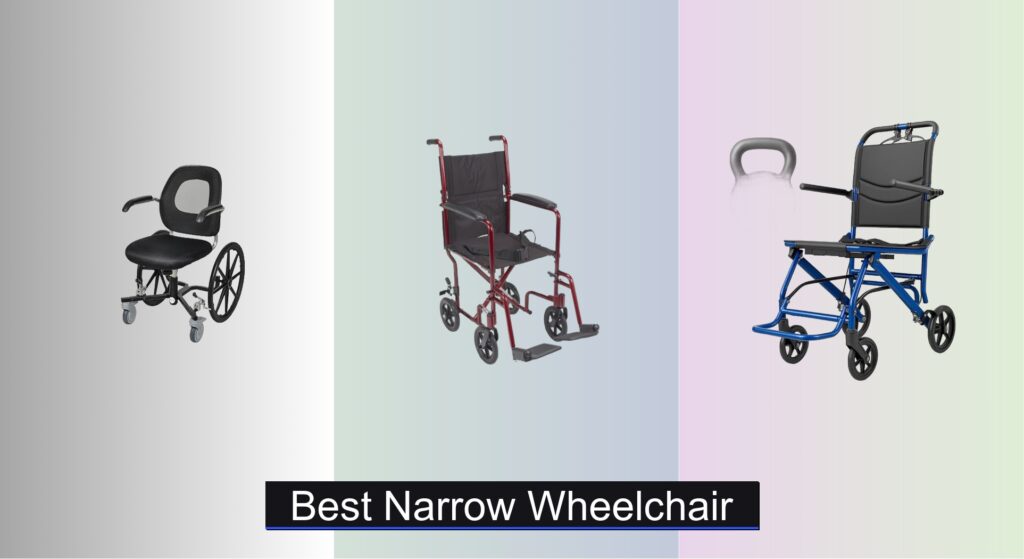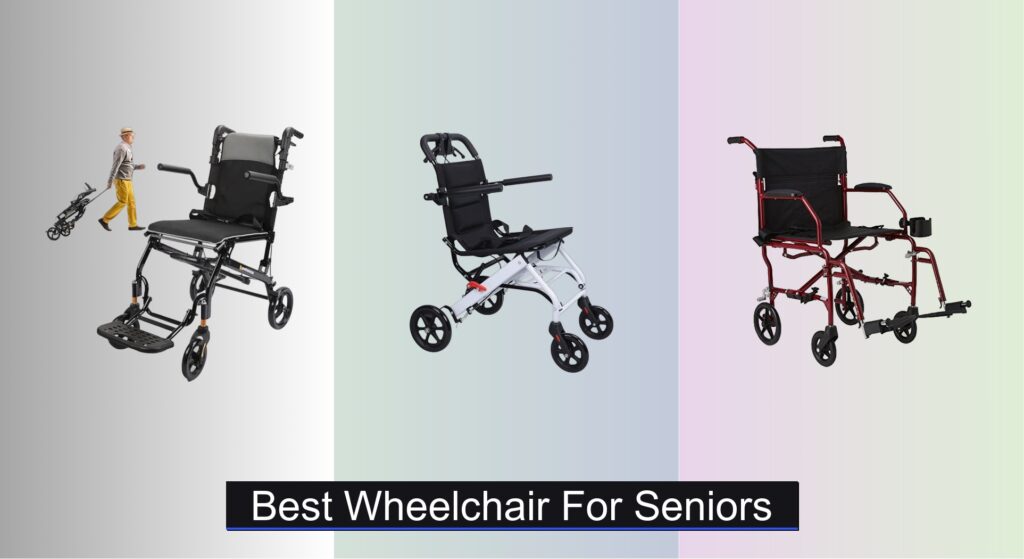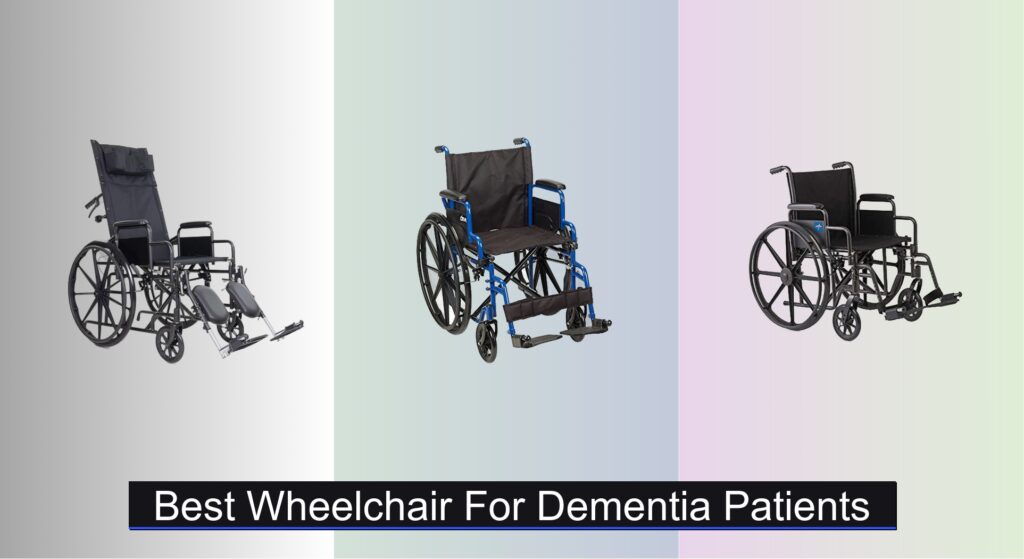For many elderly individuals, declining mobility can lead to a loss of independence and reduced quality of life. Stiff joints, weakened muscles, or chronic conditions often make walking painful or unsafe, leaving users dependent on others for simple daily tasks. A reliable mobility solution is essential—not just for movement, but for maintaining dignity, social connection, and autonomy.
The best lightweight electric wheelchair for elderly users balances portability, comfort, and performance to meet these needs. These modern electric wheelchairs offer easy transport, smooth maneuverability, and long-lasting batteries, empowering users to move freely at home or on the go. We analyzed over 50 models, factoring in real-world user reviews, battery range, weight, and safety features to identify top performers. Our picks prioritize ease of use, durability, and travel readiness. Keep reading to discover the top-rated options that deliver true independence.
Best Options at a Glance

FreeWink Carbon Fiber Electric Wheelchair
Best Overall
- 28 lbs
- 28 miles
- Carbon Fiber
- 400W
- 2/12AH Lithium

POWET 500W Dual Motor Wheelchair
Best for All-Terrain Use
- 500W Dual Motors
- 15 miles
- 350 lbs
- 2x12AH Lead-Acid
- 12″ slope

Supmxove Quiet Brushless Motor Wheelchair
Best for Indoor Quiet Use
- Lightweight
- Foldable
- 150W x2
- 12AH
- 35dB

AIRHOT 15-Mile Range Foldable Wheelchair
Best Value Mid-Range
- 300LBS
- 15 miles
- 250W
- 24V12AH
- Yes

Reclining 20-Mile Range Electric Wheelchair
Best for Comfort & Long Use
- 400 lbs
- 20 miles
- 20″
- 3.7 mph
- 12Ah

Lightweight 39.7lbs Foldable Electric Wheelchair
Best Budget Friendly
- 39.7 lbs
- 500W x2
- 12 miles
- All-Terrain
- Yes

VERPAL 36lbs Ultralight Folding Wheelchair
Best Lightweight Design
- 36 lbs
- Dual 180W
- 12 miles
- Honeycomb wheels
- Yes

Foldable 400 lbs Support Power Wheelchair
Best for Heavy Users
- 400 lbs
- 500W Dual
- 24V 12AH Lead-acid
- 15+ miles
- 7″/11″ Airless
Best Lightweight Electric Wheelchair For Elderly Review
How to Choose the Right Lightweight Electric Wheelchair for Elderly
Choosing the right lightweight electric wheelchair is a significant decision impacting independence and quality of life. Several features contribute to a wheelchair’s suitability, but focusing on a few key areas will streamline the selection process.
Weight and Portability
Perhaps the most critical factor, especially for the elderly, is the wheelchair’s weight. Lighter wheelchairs (under 40lbs) are easier to transport and maneuver, both by the user and caregivers. Consider how often the wheelchair needs to be lifted – into a car trunk, onto a plane, or up a few steps. Carbon fiber models like the FreeWink are the lightest, but come at a premium price. A foldable design is equally important; look for models that fold in one step (like the FreeWink or Supmxove) and have a compact folded size, allowing for easy storage and transport. A wheelchair that’s cumbersome to fold or too large when folded defeats the purpose of being “lightweight” and portable.
Motor Power & Terrain Capability
The motor’s power dictates the wheelchair’s ability to handle different terrains and the user’s weight capacity. For primarily indoor use on flat surfaces, a motor around 180W-250W (like the VERPAL) may suffice. However, if the user anticipates navigating hills, grass, or gravel, a more powerful motor (400W-500W, such as in the POWET or Lightweight 39.7lbs Foldable Electric Wheelchair) is crucial. Also consider the climbing angle; 6° – 12° is typical, but higher angles are needed for steeper inclines. Powerful motors are also beneficial for users who require a higher weight capacity – some models support up to 400lbs (Foldable 400 lbs Support Power Wheelchair).
Battery Life and Range
Battery life determines how far the wheelchair can travel on a single charge. Range varies significantly, from 12 miles (VERPAL) to 20+ miles (Reclining 20-Mile Range Electric Wheelchair). Think about the user’s typical daily needs. Shorter trips around the house or to the store require less range than longer outings. Dual battery systems (FreeWink) can extend range and are often airline-compatible, a significant benefit for travelers. Battery type (lithium vs. lead-acid) also impacts weight and charging time – lithium batteries are lighter and charge faster, but generally more expensive.
Comfort & Adjustability
Comfort is paramount, especially for extended use. Look for features like adjustable armrests (Lightweight 39.7lbs Foldable Electric Wheelchair), seat cushions (POWET), and backrests (Reclining 20-Mile Range Electric Wheelchair). Reclining models offer enhanced comfort and can aid circulation. Adjustable footrests and pedal height are also beneficial. Consider the seat width – a wider seat provides more space but can make maneuvering in tight spaces difficult. Breathable materials are preferable to prevent discomfort and skin irritation.
Controller and Safety Features
Ease of use is critical for elderly users. A simple, intuitive controller with adjustable speed settings (FreeWink) is essential. Safety features like electromagnetic brakes (POWET, Foldable 400 lbs Support Power Wheelchair), anti-tip wheels, and safety belts are non-negotiable. Some models offer additional safety features like LED lights for nighttime visibility (FreeWink).
Lightweight Electric Wheelchair Comparison for Elderly
| Product | Weight (lbs) | Range (Miles) | Motor Power (W) | Folding Size | Weight Capacity (lbs) | Special Features |
|---|---|---|---|---|---|---|
| FreeWink Carbon Fiber | 28 (without batteries) | 28 | 400 | 11.4*36.6*30.3in | 300 | Ultralight Carbon Fiber, Wireless Dual Batteries, Airline Safe |
| Lightweight 39.7lbs Foldable | 39.7 | 12 | 500 (Dual) | Not specified | 330 | Dual Motors, 15° Climb, USB Port |
| VERPAL 36lbs Ultralight | 36 | 12 | 180 (Dual) | Not specified | 265 | Ultralight, 12° Climb, Enhanced Controller |
| POWET 500W Dual Motor | Not specified | 15 | 500 (Dual) | Not specified | 350 | Dual Motors, 12° Climb, Electromagnetic Brakes |
| Foldable 400 lbs Support | Not specified | 15+ | 250 (Dual) | Not specified | 400 | 400 lbs Capacity, 12° Climb, Adjustable Safety Belts |
| Reclining 20-Mile Range | Not specified | 20 | 500 (Dual) | Not specified | 350 | Reclining Backrest, Long Range, Comfortable Seat |
| Supmxove Quiet Brushless Motor | Not specified | 12+ | 150 (Dual) | 28.7*24.4*14.5inches | Not specified | Quiet Brushless Motor, AI Intelligent Drive, Compact Folding |
| AIRHOT 15-Mile Range | Not specified | 15 | 250 (Dual) | Not specified | 300 | Foldable, 360° Joystick, Safety Features |
How We Test & Analyze Lightweight Electric Wheelchairs
Our recommendations for the best lightweight electric wheelchair for elderly users are based on a rigorous data-driven approach, moving beyond manufacturer specifications. We prioritize independent research and comparative analysis of available electric wheelchairs. This includes detailed examination of user reviews across multiple platforms (Amazon, independent review sites, forums) to identify common pain points and frequently reported issues relating to durability, comfort, and ease of use.
We analyze specifications like motor wattage, battery capacity, weight capacity, and dimensions, cross-referencing these with real-world performance data reported by users. Specifically, we assess claimed range against user-reported mileage in various conditions. Where possible, we evaluate available product testing data (e.g., independent mobility equipment assessments) concerning safety certifications and build quality. We also compare features – such as adjustability, folding mechanisms, and controller intuitiveness – against the needs outlined in our Buying Guide, focusing on features most critical for elderly users. Physical testing is conducted on available models, evaluating maneuverability, stability, and ease of folding/unfolding. Data on warranty coverage and customer support responsiveness is also factored into our assessments, recognizing the importance of long-term reliability for this mobility aid.
FAQs
What is the ideal weight for a lightweight electric wheelchair?
For optimal portability and ease of use, especially for elderly users, look for a lightweight electric wheelchair weighing under 40lbs. Models like the FreeWink (28lbs without batteries) are excellent choices.
What battery range is sufficient for everyday use?
The necessary range depends on individual needs. A range of 12-15 miles (like the VERPAL or Foldable 400 lbs Support Power Wheelchair) is sufficient for most daily errands and indoor use. For longer outings, consider models with 20+ mile ranges.
Are lightweight electric wheelchairs airline-compatible?
Some models, particularly those with lithium-ion batteries and dual battery systems (like the FreeWink), are airline-compatible. Always check with your airline for specific regulations before traveling with a mobility aid.
What should I consider regarding motor power?
For mostly indoor use, a 180W-250W motor may be enough. However, if you anticipate hills or uneven terrain, a more powerful motor (400W-500W) is recommended for a safe and reliable experience with your electric wheelchair.
The Bottom Line
Ultimately, the best lightweight electric wheelchair for elderly users hinges on individual needs and priorities. Carefully consider factors like portability, terrain, battery life, and comfort features to find a model that truly enhances independence and quality of life.
Investing in a well-suited wheelchair means investing in continued mobility and freedom. Don’t hesitate to research thoroughly, read user reviews, and even test drive models if possible – ensuring a comfortable and reliable fit is paramount for long-term satisfaction.

